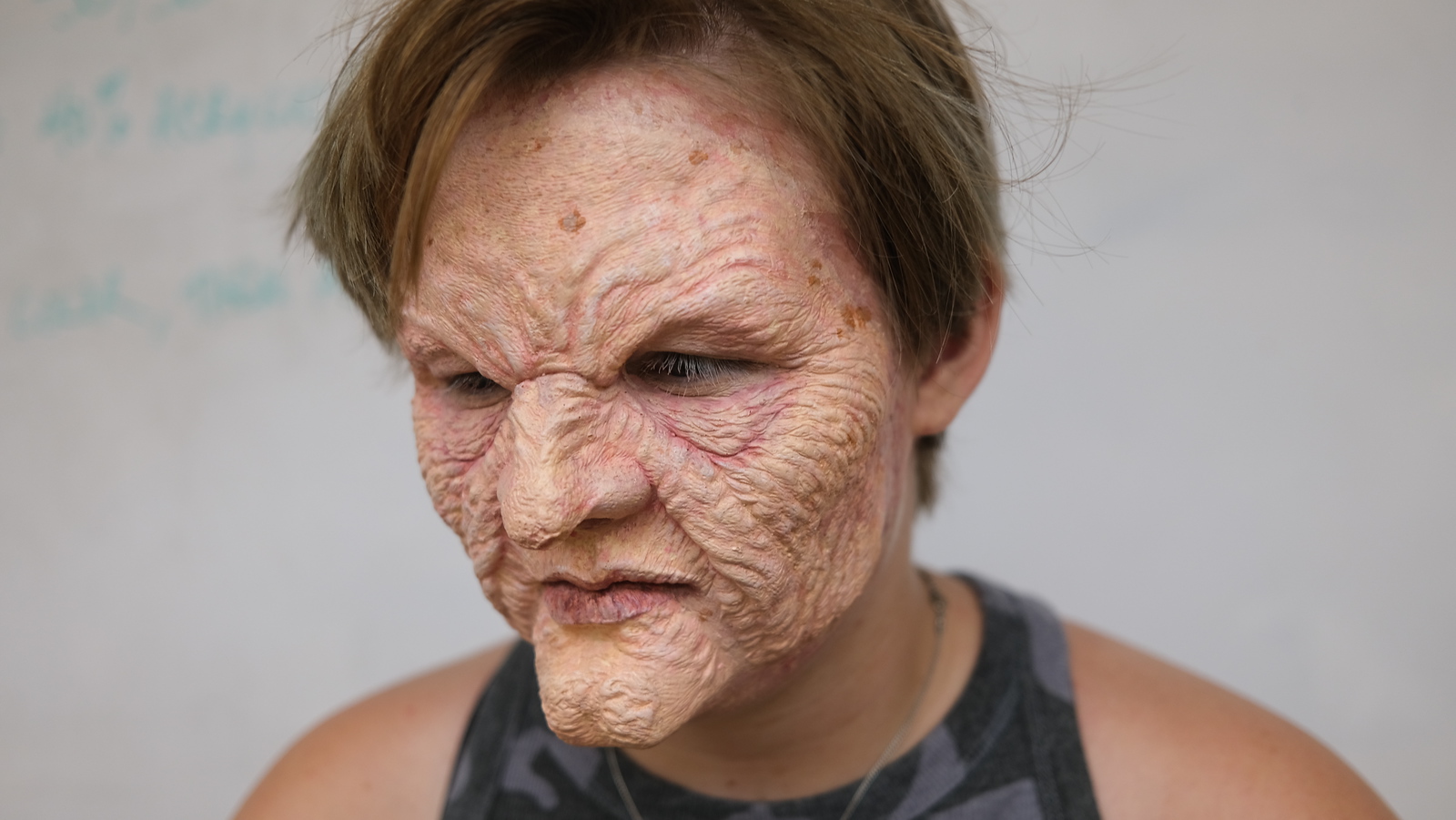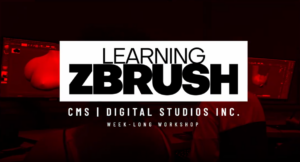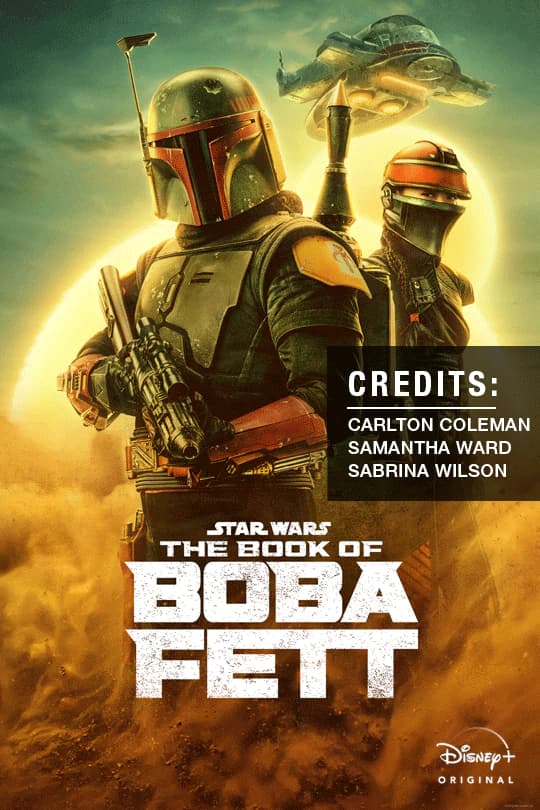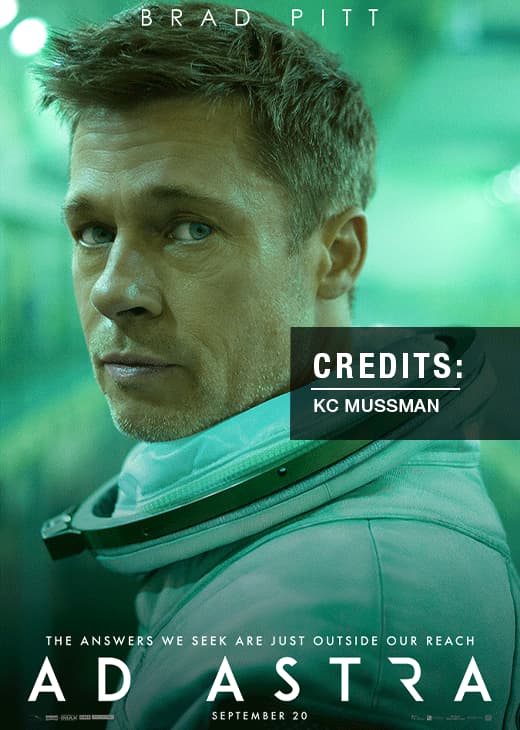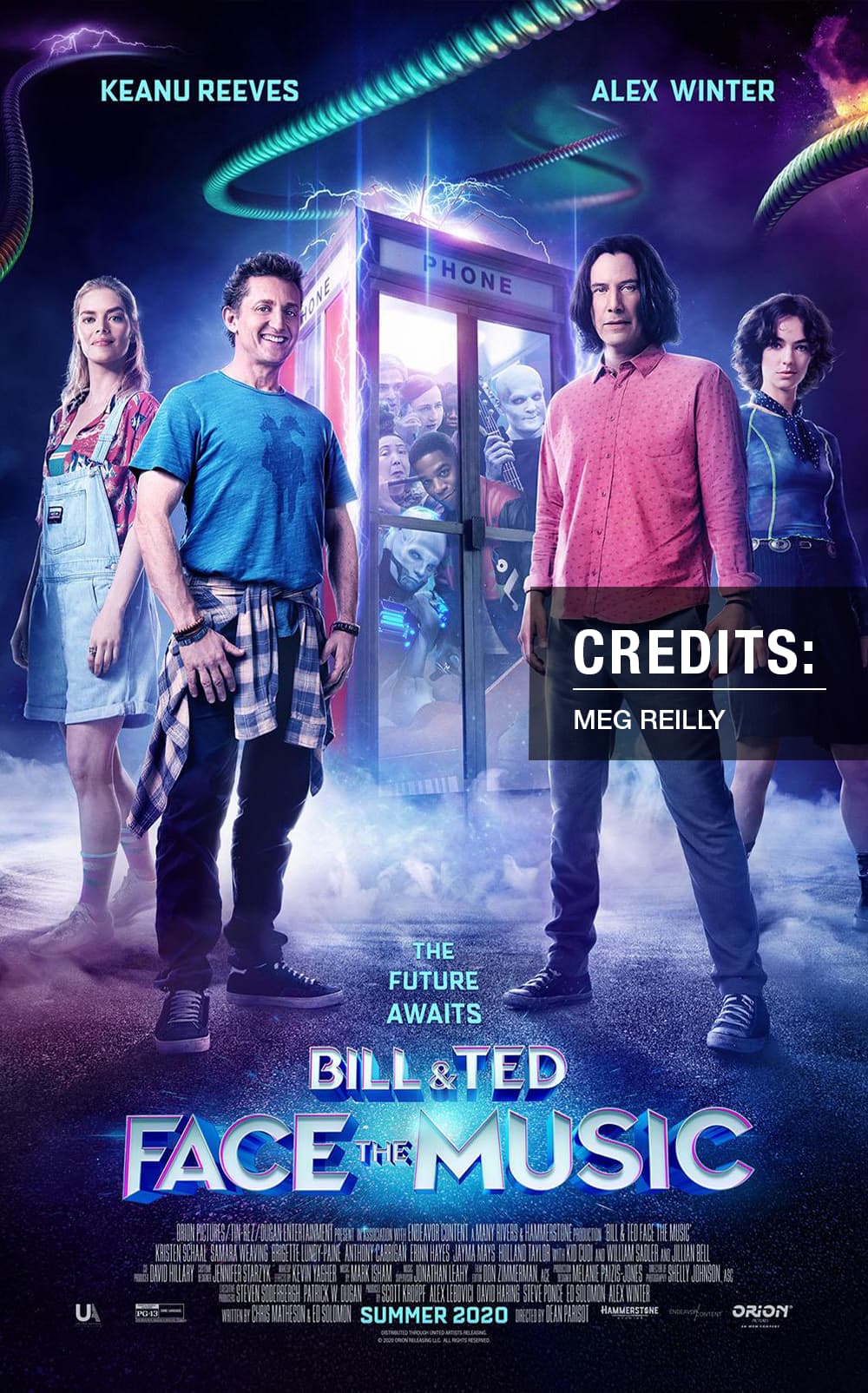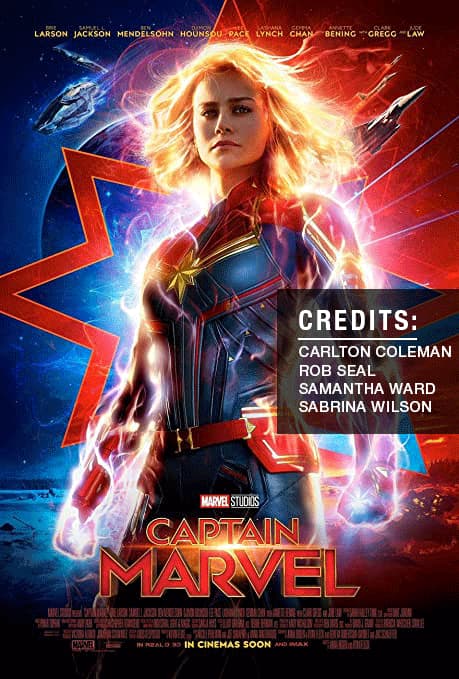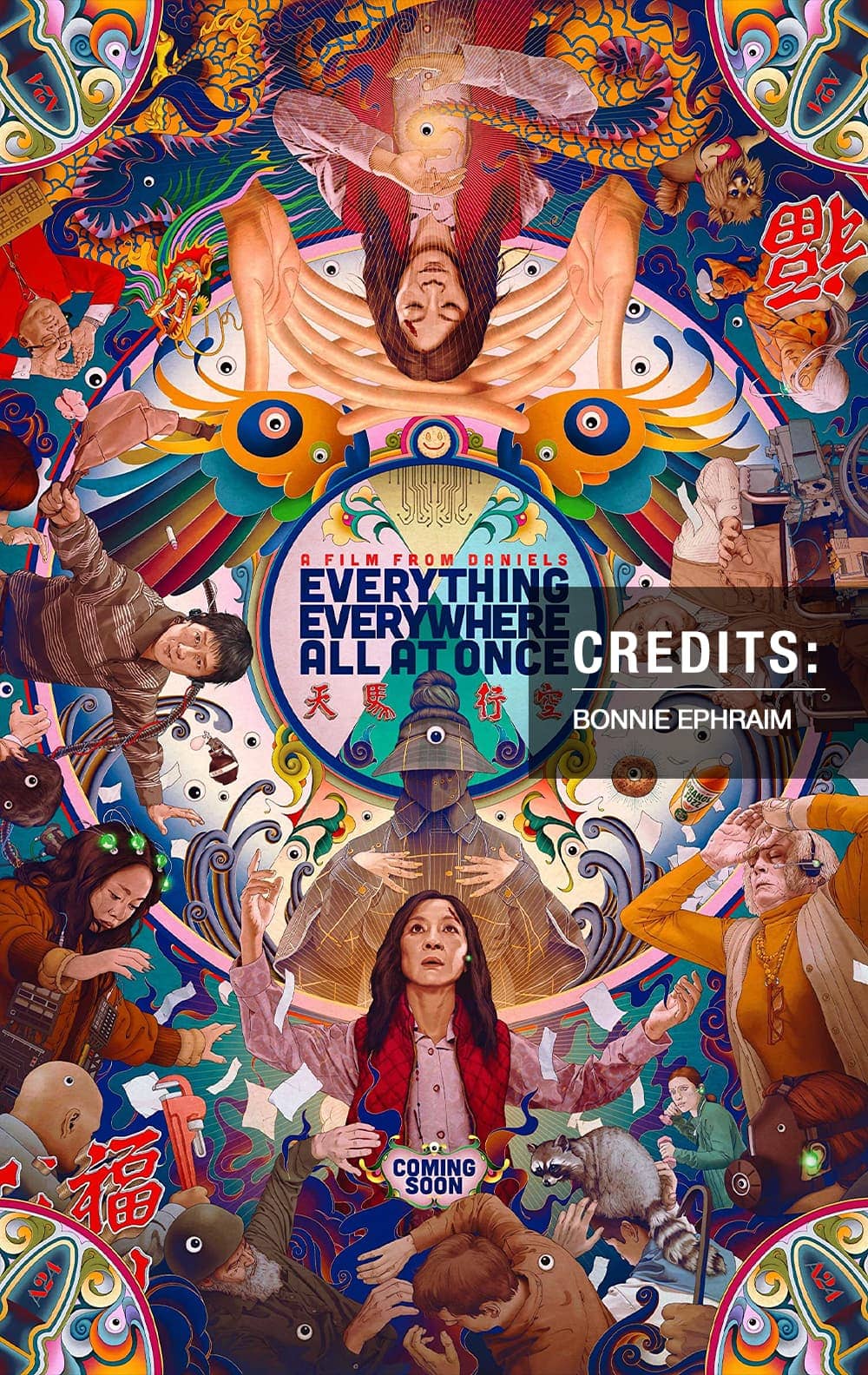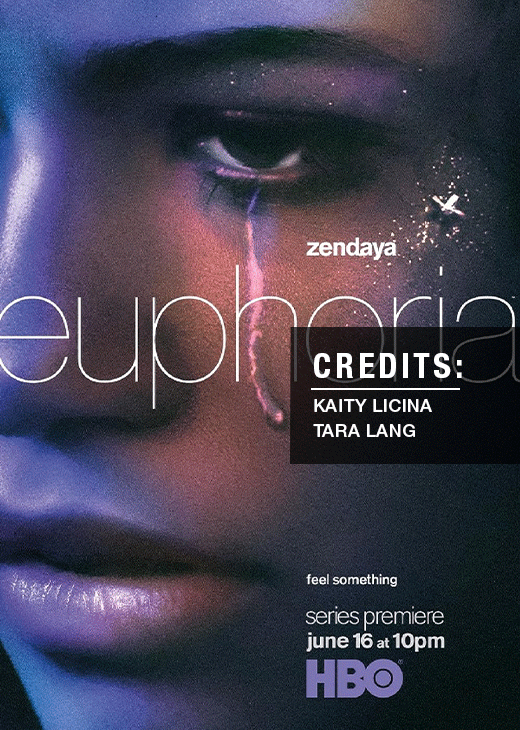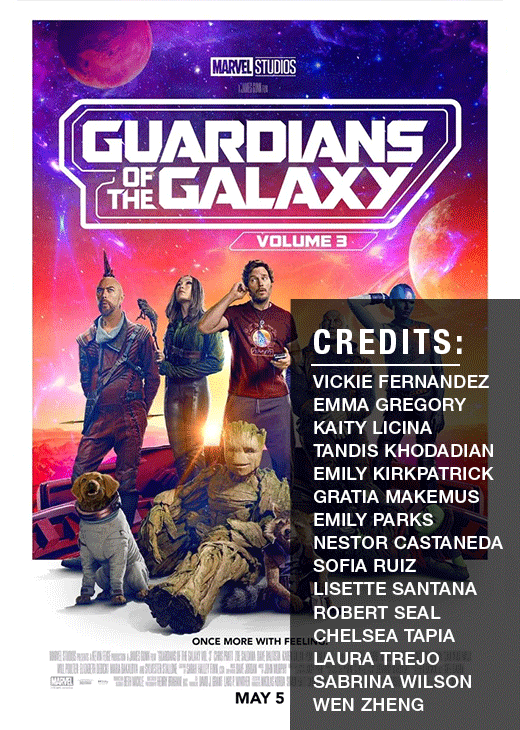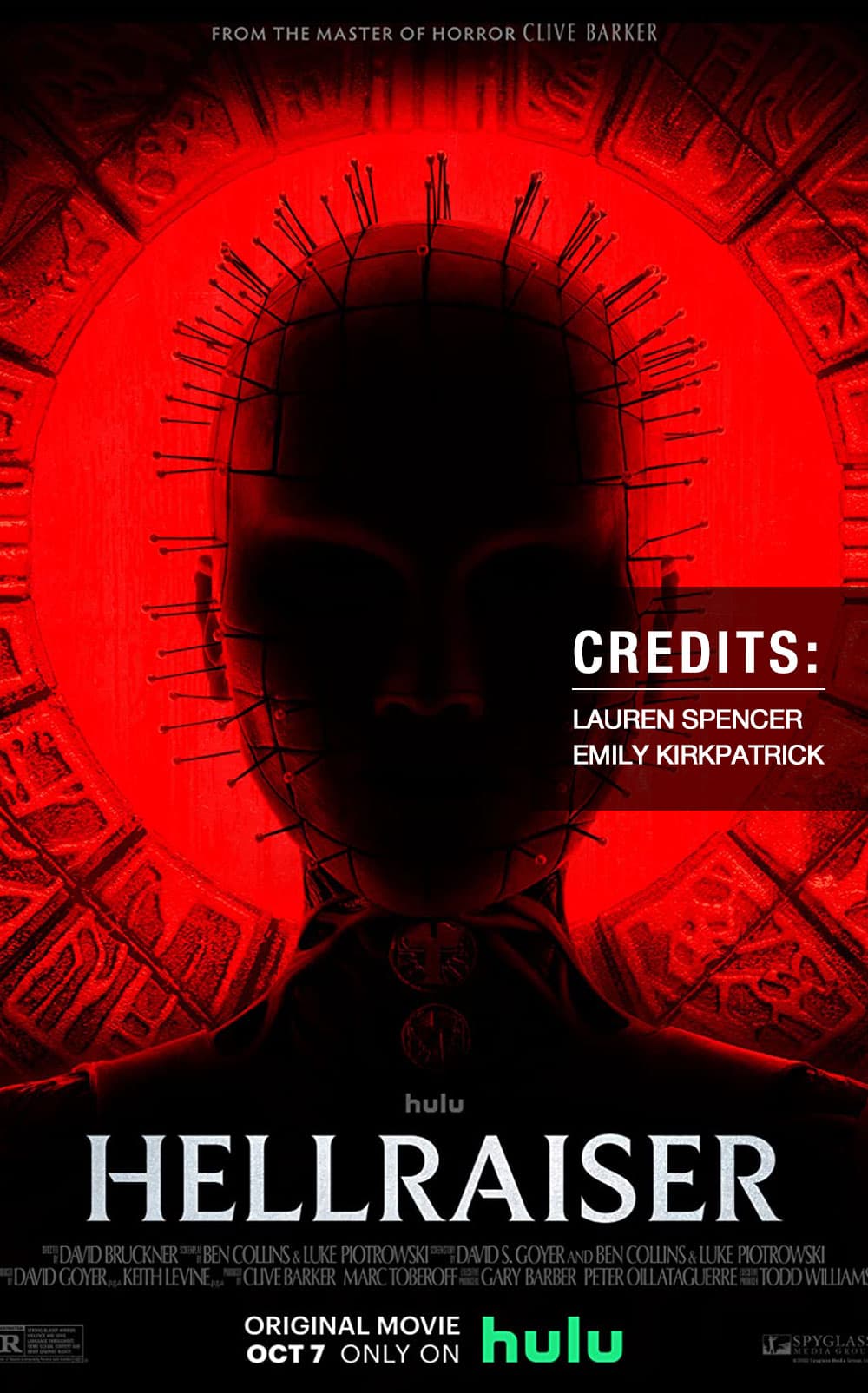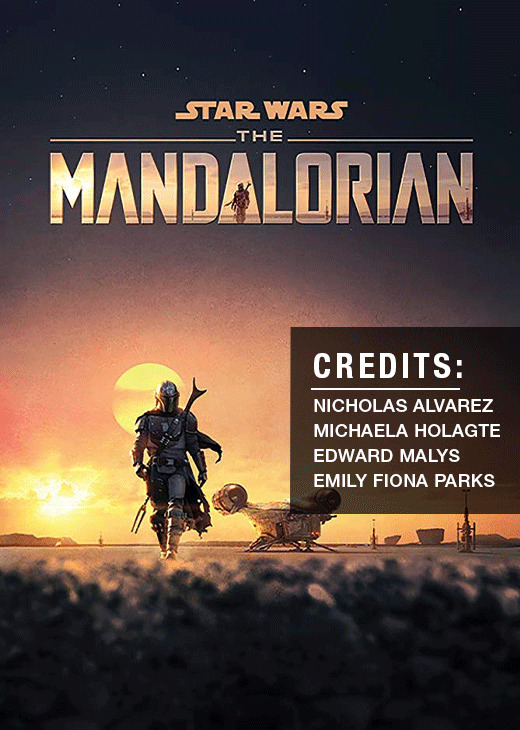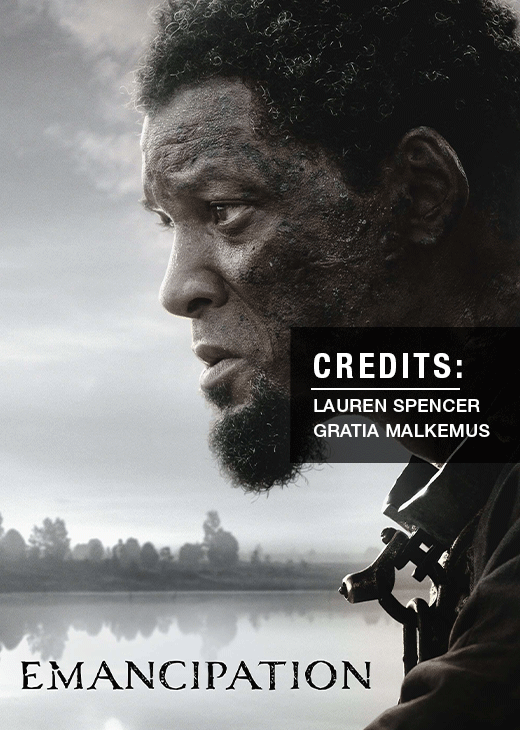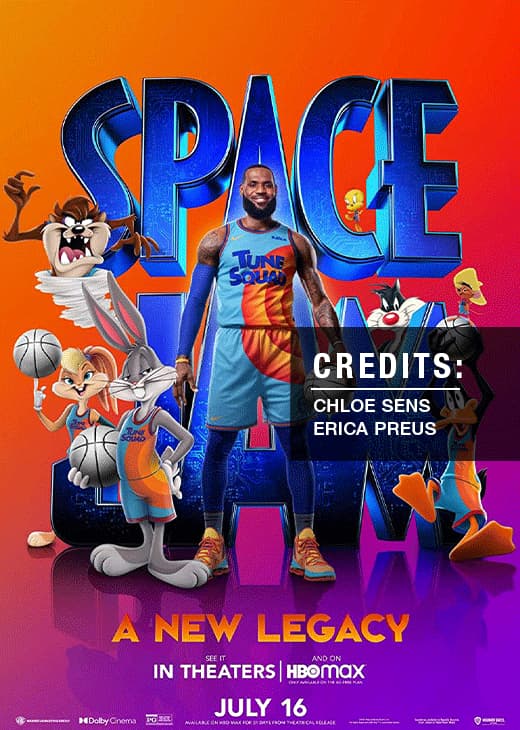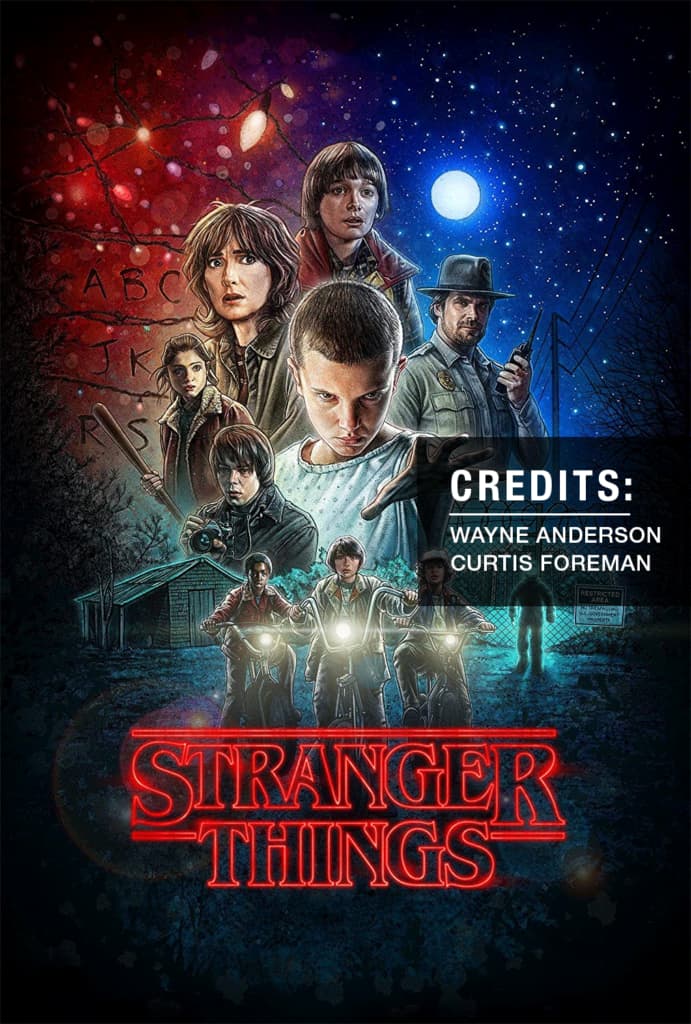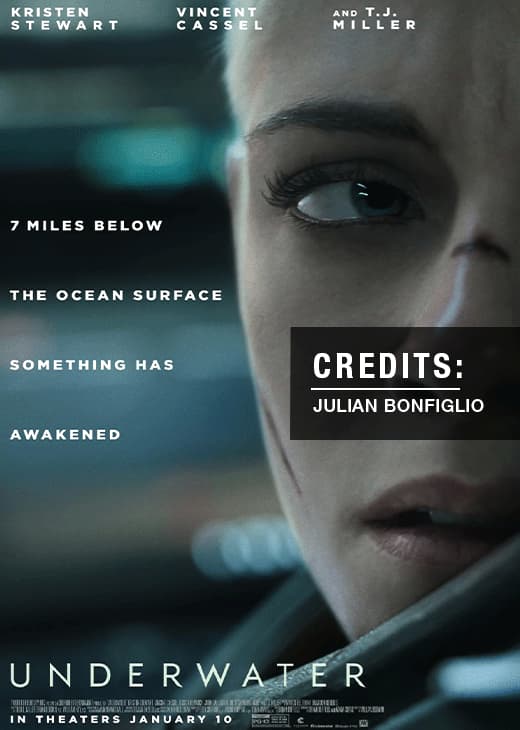When it comes to movie magic, special effects makeup has always been the secret weapon behind the most memorable characters on screen. From grotesque monsters to out-of-this-world aliens, SFX artists have relied on hands-on sculpting to bring the unimaginable to life. But here’s the thing: the game is changing.
Welcome to the era of 3D printed prosthetics!
Gone are the days when makeup artists had to spend hours meticulously sculpting prosthetic pieces by hand – though that’s still part of the artistry. Today, 3D printing technology is revolutionizing the way prosthetics are created, opening up new possibilities for speed, precision and creativity.
Let’s break down how this cutting-edge technology is transforming movie makeup and why it’s becoming a must-have tool for every special effects artist.
Check Out: How To Become a Makeup Artist for Films?
Evolution of Prosthetics: From Clay to Code
For years, special effects artists have relied on traditional sculpting techniques to create prosthetic pieces by hand. These hands-on methods, using clay, silicone, latex and foam – were the foundation of many iconic movie looks.
But as technology advanced, so did the tools used by SFX artists. Enter 3D modeling and 3D printing, which are reshaping the way prosthetics are designed, produced and applied on set.
What’s the secret sauce?
The combination of 3D sculpting software like ZBrush and the precision of 3D printers. ZBrush allows artists to sculpt their designs in a virtual environment, providing unparalleled detail and flexibility before a single physical piece is created.
Afterward, the design is sent to a 3D printer, which can accurately reproduce the prosthetic in high detail. The result? A more efficient, precise and versatile prosthetic creation process.
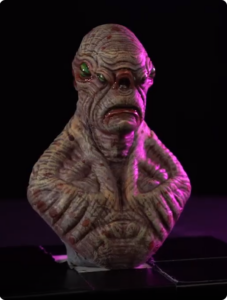
3D Sculpting in ZBrush: Real Power Behind the Prosthetics
It’s no surprise that ZBrush has become the go-to tool for SFX artists. This powerful 3D sculpting software allows artists to craft intricate details – whether it’s the folds of alien skin, the texture of a monster’s scales or the fine details on a character’s prosthetic face.
The beauty of ZBrush sculpting lies in its versatility. Artists can build their prosthetic designs from scratch, adjusting geometry, polypaint and even hair textures with incredible ease.
By using ZBrush for character sculpting, artists can create hyper realistic and fantastical designs that weren’t possible with traditional methods. Imagine sculpting intricate wrinkles, detailed veins and realistic textures, all at a digital level of precision.
That’s the magic of ZBrush sculpting and it’s exactly what makes 3D printed prosthetics so revolutionary in the movie makeup.
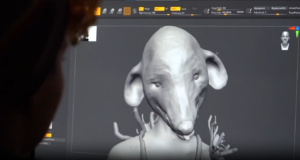
Also, read SFX vs Prosthetic Makeup: What is the Difference?
Why 3D Printed Prosthetics Are Changing Movie Makeup Forever?
So, how exactly are 3D printed prosthetics changing the industry? Let’s break it down:
1. Speed and Efficiency
In traditional prosthetic creation, sculpting, molding and casting can take days, sometimes even weeks, to perfect. With 3D printing, the entire process is streamlined.
Once the design is complete in 3D model design software, a prosthetic can be printed in a matter of hours, drastically reducing production time. This means more time for fine-tuning and getting the perfect look on set.
2. Unmatched Precision
One of the biggest advantages of 3D printed prosthetics is the level of detail they can capture. With 3D printing, every crease, texture and nuance in the design is reproduced with startling accuracy. This opens up endless possibilities for prosthetics that would have been impossible to achieve by hand.
3. Customization and Creativity
3D printing allows for complete customization. Want a prosthetic that fits a specific actor’s face? No problem. Need a set of prosthetic wings with intricate veins and textures? Done.
The flexibility of 3D printing means that prosthetics can be tailor-made for each project, allowing for more imaginative and complex designs. And since the design is digital, it can be modified quickly and easily.
4. Cost-Effective Production
While the initial investment in 3D printing technology may seem high, it’s ultimately a cost-effective solution for production studios. Its efficiency and speed save both time and money.
Additionally, 3D printers produce less waste than traditional methods, as the materials are used more efficiently and can be recycled.
See how artists work on 3D modeling software to create prosthetics:
Software Meets Sculpture: The Workflow of a Modern SFX Artist
The combination of ZBrush and 3D printing isn’t just about convenience, it’s about unlocking possibilities that were once out of reach.
- Digital Sculpting in ZBrush – This is where the magic begins. With ZBrush, artists create highly detailed digital models. They can sculpt in real-time, making modifications as they go and experiment with texture, expression & even color.
- 3D Model Design & Preparation for Printing – After the digital sculpture is complete, it’s time to prepare the file for printing. This step ensures the model is compatible with the 3D printer and that it will print in the correct proportions and dimensions. Artists can also break the model into separate pieces for easy assembly and painting once printed.
- 3D Printing & Final Touches – Now, the prosthetics are printed. The 3D printer creates each piece with amazing accuracy, capturing the smallest details. Once the prosthetic is printed, it’s cleaned, finished and painted, often with the same techniques used in traditional SFX makeup – bringing the digital design to life.
Learn How to Avoid Common SFX Makeup Mistakes?
Cinema Makeup School: Perfect Place for ZBrush Mastery
Step into the cutting-edge realm of special effects at Cinema Makeup School, a proud part of the Cinema Art College Corporation. We’re committed to shaping the next generation of SFX artists by blending traditional techniques with the latest digital innovations.
Our ZBrush Training Course doesn’t just teach you to use industry-standard tools, it empowers you to seamlessly integrate time-honored sculpting with the power of modern technology, ensuring you’re always ahead of the curve.
Embrace the future of movie makeup and let your creativity run wild. Enroll now!
FAQs
1. What Software Do Designers Use for 3D Modeling?
Designers use various software tools for 3D modeling, but the most popular and industry-standard software is ZBrush. ZBrush is widely used for its powerful digital sculpting tools, making it ideal for creating highly detailed models and intricate textures.
Other commonly used 3D modeling software includes Maya, Blender and 3ds Max, each offering unique features for different aspects of 3D design.
2. What If I Can’t Afford the Full Cost of the SFX Course?
We offer financial assistance to help make your education more affordable. Check out the details here!
3. What Makes ZBrush Different from Other 3D Modeling Software?
Unlike other 3D modeling software, ZBrush focuses on digital sculpting, offering a more intuitive approach for creating organic shapes and detailed textures. Its unique ability to handle millions of polygons lets artists create intricate designs that are perfect for special effects.
